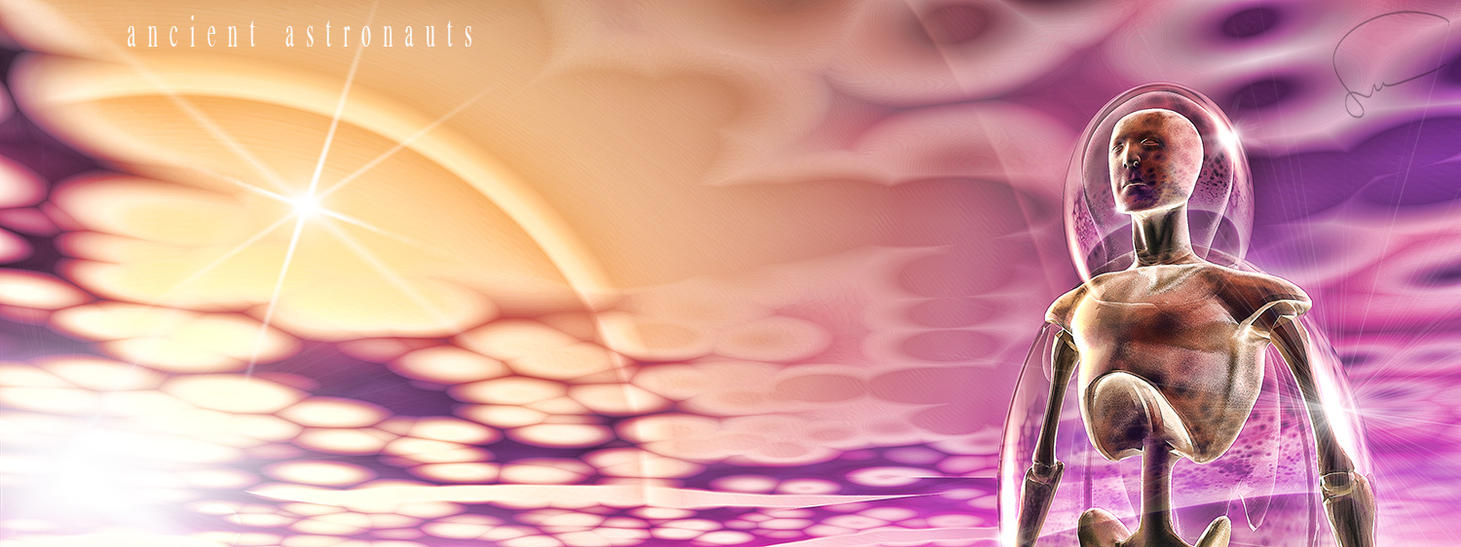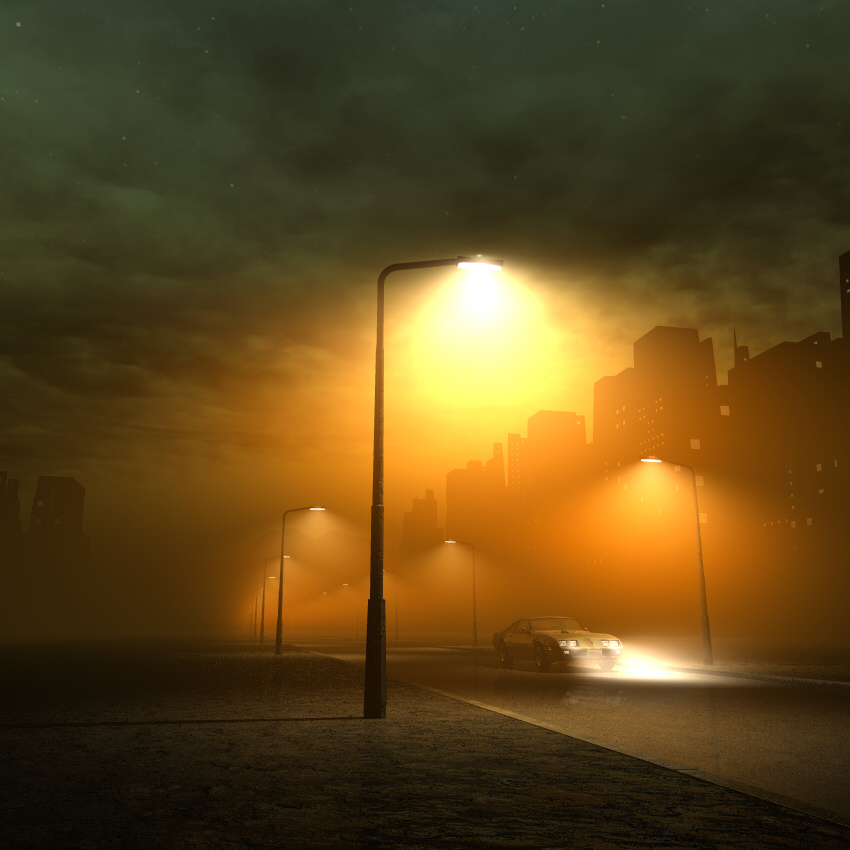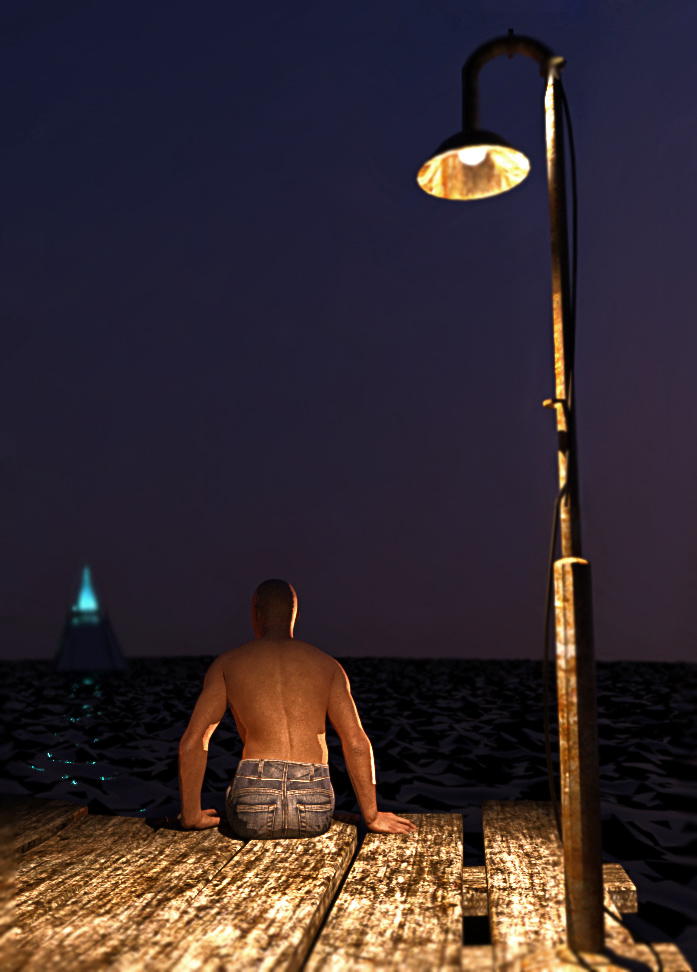Some people love it, others hate it, but such is the way with just about anything in 3D or anywhere else. With its roots as little more than a procedural terrain generator Bryce hit the market back in 1994 and quickly became the killer app of landscape rendering with a hefty price tag to match. Fast forward to 2013 the program is now at version 7.1 and available for $19.95 (prior to which it was free for over a year). Many say that the program has had its day and now the program will go quietly into the digital oblivion that has claimed so many other 3D applications. But the end of Bryce has been called before and subsequently proven wrong.
Five years and a move from Corel to DAZ 3D passed before Bryce 6 emerged in 2006, and then another four years to 7, but does DAZ 3D have the will and resources to release the Bryce 8 that the community desperately wants? What about a 7 point something with 64-bit support? Debatable, but not without hope. DAZ have shown some aptitude for software development with their updates to Bryce and Carrara, but particularly with the development of their flagship program DAZ Studio, which is evolving rapidly to compete with the Poser
line of programs. Often it is uttered with a certain amount of despair that DAZ Studio’s development comes at the cost of its other acquisitions.
But even if Bryce (to come back to the topic) is slipping into the dark, there is still a vibrant and dedicated group of enthusiasts that show us that the software is capable of producing breathtaking results, and that this need not be the exception. This program has more than its fair share of bad press when it comes to producing quality work. Let the naysayers have their fun – haters got to hate and all the rest – but for all the mediocre Bryce images floating around out there, produced by hacks and noobs (those guys that just refuse to learn and evolve), there is a great wealth of wonder created by those that have embraced the software and learnt its secrets.
In putting this article together I corresponded with a number of Bryce’s most innovative and dedicated artists. All agree that Bryce is a good place to start for artists new to 3D. Not only is the software easy to learn with a strange and endearing interface, but there is a strong community on the forums at DAZ 3D and deviantArt (with several groups) which is enthusiastic about the program and happy to help out new adopters. There is also a vast collection of tutorials, both free and commercial. David Brinnen and Horo, both of whom I spoke with have produced some of the best quality instructional Bryce material to date, much of which can be discovered at Bryce-Tutorials.
This is but the beginning of the Bryce story. Coming soon will be at least four artist features, so say tuned.






